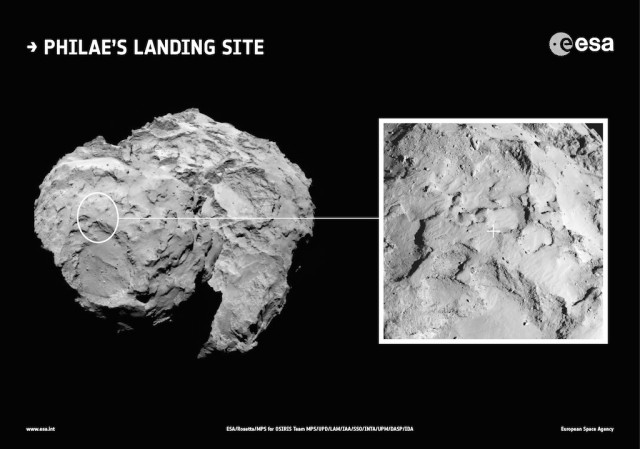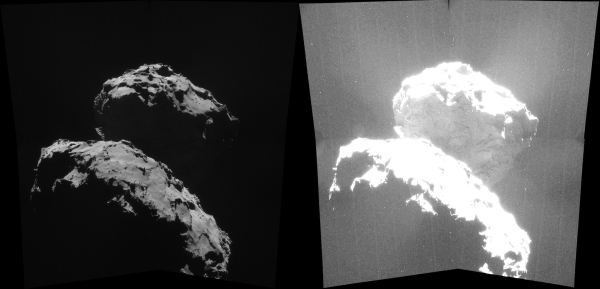MAVEN enters Mars orbit
Upon completion of its engine burn this evening at 10:10 pm (eastern), MAVEN successfully entered Mars orbit.
Stephen Clark’s status updates on Spaceflight Now were accurate, informative, and right on the money. The live telecast on NASA-TV was confusing, idiotic, distracting, and uninformed. They never once announced when the engine burn had started, ignored the reactions of the people in the control room when they cheered some important event, and spent a lot of time discussing facts that were irrelevant to this event, which is “Will MAVEN achieve orbit!?” Worst of all, the male “anchor” was clearly ignorant of the mission while the female “anchor” spoke in a sing-song manner as if her audience were kindergarten toddlers who needed careful herding. All in all, it was embarrassing to watch.
They did manage to shut up just in time to catch the announcement from mission control that telemetry had confirmed that MAVEN had reached orbit. They then went back to chattering about irrelevant stuff. As I said, embarrassing.
Upon completion of its engine burn this evening at 10:10 pm (eastern), MAVEN successfully entered Mars orbit.
Stephen Clark’s status updates on Spaceflight Now were accurate, informative, and right on the money. The live telecast on NASA-TV was confusing, idiotic, distracting, and uninformed. They never once announced when the engine burn had started, ignored the reactions of the people in the control room when they cheered some important event, and spent a lot of time discussing facts that were irrelevant to this event, which is “Will MAVEN achieve orbit!?” Worst of all, the male “anchor” was clearly ignorant of the mission while the female “anchor” spoke in a sing-song manner as if her audience were kindergarten toddlers who needed careful herding. All in all, it was embarrassing to watch.
They did manage to shut up just in time to catch the announcement from mission control that telemetry had confirmed that MAVEN had reached orbit. They then went back to chattering about irrelevant stuff. As I said, embarrassing.


